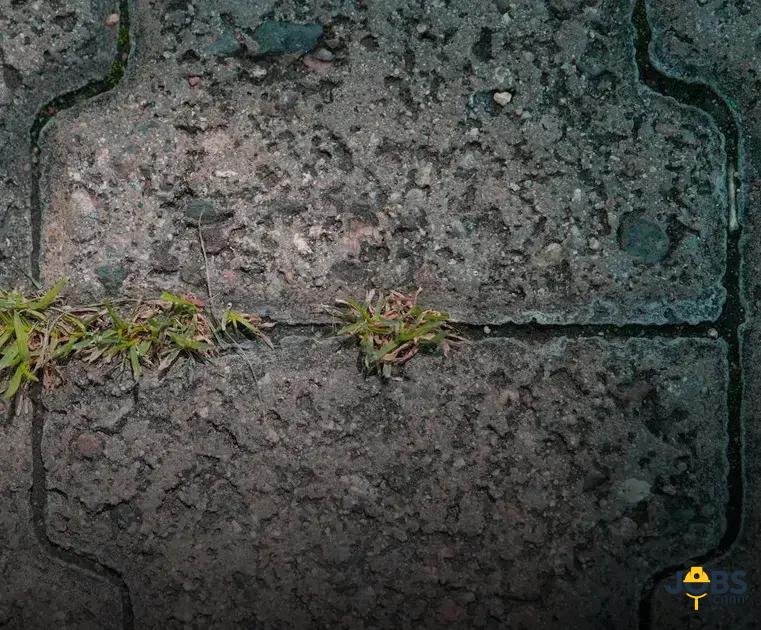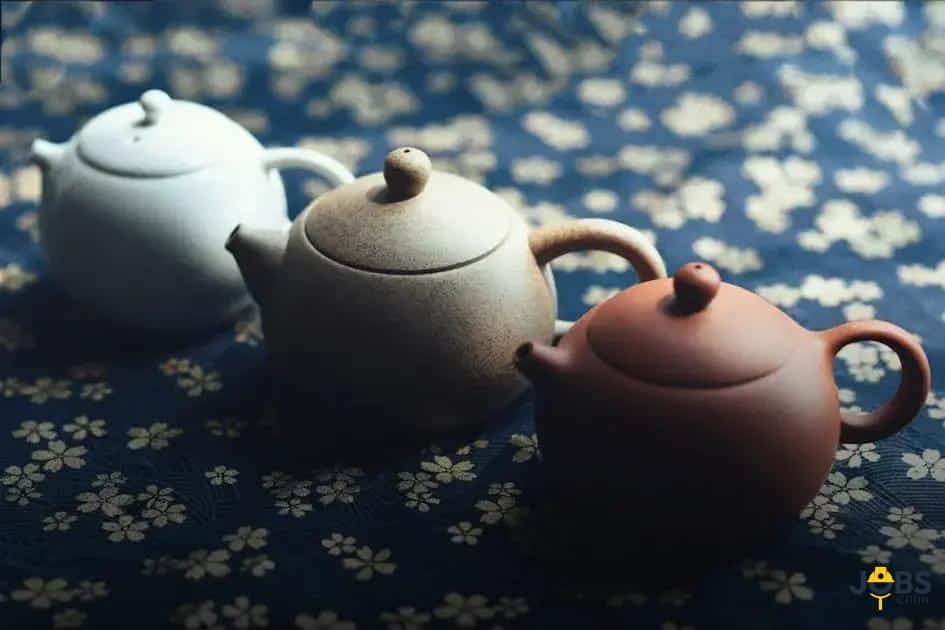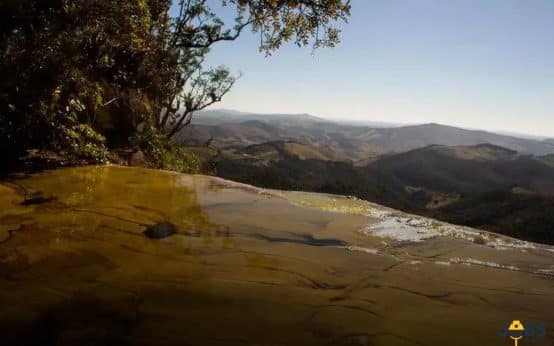World Festivals bring to life the vibrant cultures and traditions from around the world. Each festival offers unique experiences, spectacular costumes, and a deeper understanding of different communities. From the exuberant Carnival in Brazil to the luminous Diwali in India, these celebrations are not to be missed. Join us as we explore five incredible festivals that highlight the diverse ways people celebrate across the globe.
Carnival in Brazil
The Carnival in Brazil is one of the most vibrant and colorful festivals around the world. Celebrated annually, it is a mix of music, dance, and elaborate parades that attract thousands of visitors from all corners of the globe.
During Carnival, cities like Rio de Janeiro and Salvador become the epicenter of festivities. The streets are filled with samba schools competing in parades, showcasing their spectacular costumes and floats. It’s a time when everyone, from locals to tourists, joins in the celebrations, dancing to the infectious rhythms of samba and other traditional Brazilian music.
Street parties and blocos, or street bands, are also a hallmark of Brazilian Carnival. These events create a joyous atmosphere in neighborhoods, drawing people of all ages to sing and dance together. The festival is a true celebration of Brazilian culture, reflecting the country’s diverse heritage and vibrant spirit.
Another key element of the Carnival in Brazil is the emphasis on creativity and artistic expression. From the intricate designs of the costumes to the thematic development of the parade performances, every aspect is crafted with meticulous attention to detail.
Diwali in India

Diwali, also known as the Festival of Lights, is celebrated with grandeur across the diverse landscape of India. This revered festival spans five days and is marked by the triumph of light over darkness, good over evil. Homes are adorned with colorful rangoli (intricate patterns made with colored powders), and earthen lamps called diyas are lit to symbolize hope and joy.
The first day of Diwali, known as Dhanteras, involves buying new items, particularly precious metals. This is seen as a good omen and is meant to invite prosperity and wealth.
On the second day, Naraka Chaturdashi, demon Narakasura’s defeat is celebrated. People often wake up early, take a holy bath, and burst firecrackers to mark the occasion.
The third day is the main Diwali night, which celebrates the return of Lord Rama to Ayodhya after 14 years of exile. It’s a time for family gatherings, prayers, and exchanging gifts.
On the fourth day, Govardhan Puja is performed, dedicated to Lord Krishna lifting Govardhan Hill to save villagers from torrential rains. Special mountain-shaped food offerings are made.
The final day is Bhai Dooj, celebrating the bond between brothers and sisters. Siblings exchange gifts and wishes for each other’s well-being.
The entire celebration of Diwali is a blend of vivid traditions, delicious feasts, and joyous community events. Across cities and villages, the atmosphere is charged with festivity and togetherness.
Oktoberfest in Germany
Oktoberfest in Germany is one of the most celebrated festivals around the world, attracting millions of visitors each year to the city of Munich. Originating in the early 19th century, this 16- to 18-day festival features traditional Bavarian music, dancing, and a wide variety of local foods, including pretzels, sausages, and roast chicken.
The heart of Oktoberfest is undoubtedly the massive beer tents. Each tent is sponsored by a different brewery and offers a unique ambiance, serving over six million liters of beer throughout the festival. Visitors can be seen dressed in traditional attire, such as lederhosen for men and dirndls for women.
Apart from beer and food, Oktoberfest boasts numerous parades, amusement rides, and games that cater to all age groups. The festival grounds, known as the Theresienwiese, cover an area of 420,000 square meters, allowing for a vast array of activities and events.
Whether you are a beer enthusiast or just looking to experience German culture, Oktoberfest is a must-visit event. The festival’s unique blend of history, tradition, and entertainment makes it one of the world’s most memorable celebrations.
Chinese New Year in China

Chinese New Year in China
The Chinese New Year, also known as the Spring Festival or Lunar New Year, is the most significant festival in China. Celebrated by millions, it marks the beginning of the lunar calendar and the arrival of spring. The festivities last for approximately 15 days, culminating in the Lantern Festival.
During this period, families gather to indulge in traditional feasts, which often feature dishes like dumplings, fish, and rice cakes. Reunion dinners are a cornerstone of the celebrations, symbolizing unity and prosperity.
Red decorations, such as lanterns, couplets, and paper-cuttings, adorn homes and public spaces, as the color red is believed to ward off evil spirits and bring good luck. The characteristic sound of firecrackers and fireworks is a common feature, meant to drive away misfortune and welcome a prosperous new year.
One of the highlights of the Chinese New Year is the dragon and lion dances. These vibrant performances, accompanied by the beat of drums and cymbals, are thought to chase away evil spirits and bring good fortune.
Additionally, the festival is known for its exchange of red envelopes (hongbao) containing money. These gifts are typically given to children and unmarried adults, symbolizing good wishes and luck for the new year.
Throughout the celebration, many people honor their ancestors by cleaning gravesites and making offerings, showing respect and gratitude for their heritage. Temples are crowded as people pray for a good year ahead and seek blessings for their families.
Running of the Bulls in Spain
The Adventurous Tradition of the Running of the Bulls
One of the most thrilling events in world festivals is the Running of the Bulls in Pamplona, Spain. Celebrated annually during the San Fermín festival, this event attracts thousands of tourists and locals every July. Participants run ahead of a group of bulls, a practice that dates back to medieval times.
The tradition starts with a rocket launch, signaling the release of the bulls. The route covers about 800 meters, ending at the bullring where bullfights occur. Safety measures are in place, but it is not uncommon for injuries to happen, adding to the event’s adrenaline rush. Many wear traditional white clothing with red sashes and neckerchiefs as part of the festival’s customs.
For those less adventurous, watching from balconies or behind barriers is a popular choice. The Running of the Bulls is part of a larger festival featuring parades, fireworks, and cultural performances. It is a vivid example of how cultural heritage and traditions create unique, memorable experiences in global celebrations.


 World Innovations: Top Trends Shaping the Future Worldwide
World Innovations: Top Trends Shaping the Future Worldwide  Global Migration Trends: Understanding the Modern Movement of People
Global Migration Trends: Understanding the Modern Movement of People  World Sports: Discover the Most Exciting Global Sporting Events
World Sports: Discover the Most Exciting Global Sporting Events